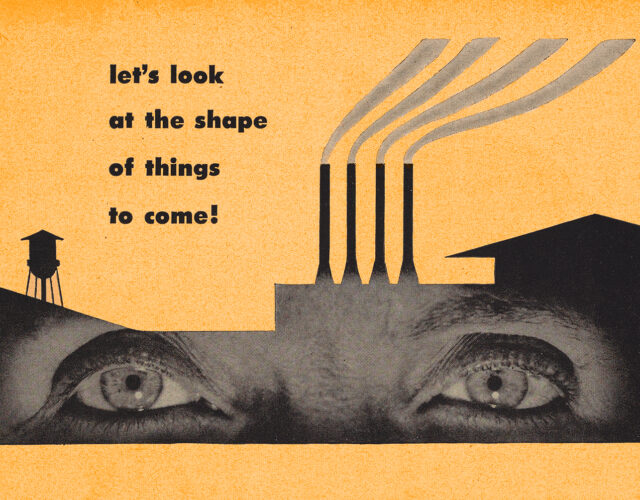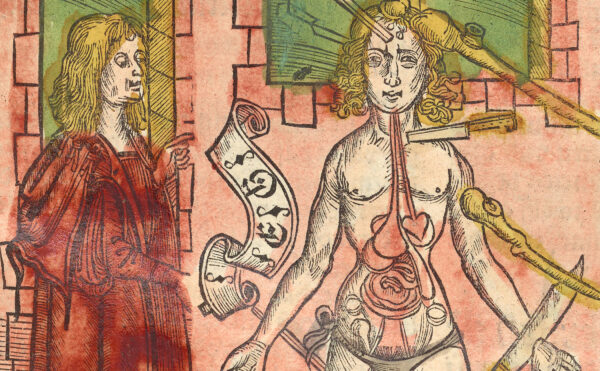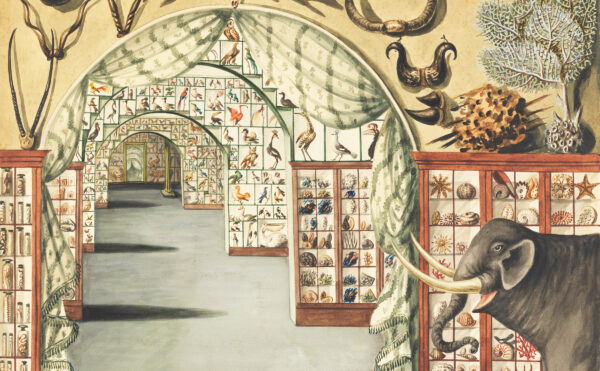We live in the shadow of climate change—its increasing temperatures, violent storms, and rising sea levels. To manage these looming disasters we need climate science, a research area whose origins date to the early 19th century. Eminent scientists, including Nobel laureates, are part of this long scientific effort, but so are two relatively unknown researchers who made major contributions to understanding the processes that affect climate.
In 1856 American amateur meteorologist Eunice Foote first established the role atmospheric carbon dioxide (CO2) could play in altering climate; in 1938 English steam engineer Guy Callendar showed that human activities affect the level of atmospheric CO2 and global temperatures. But as outsiders to the science establishment, both faced bias that limited the impact of their work and deprived them of deserved credit.
Foote’s early life made her an unlikely pioneer in scientific discovery. She was born Eunice Newton in Connecticut in 1819, one of eleven children in the farming family of Isaac and Thirza Newton. Significantly, however, from age 17 to 19 she received a superior education at the Troy Female Seminary in Troy, New York, the first school in the country to teach women college prep–level subjects rather than “women’s topics.” Her education included hands-on training in a student chemistry lab, a nearly unique opportunity at the time, according to science author John Perlin, who has researched Foote’s life.
Because women scientists were rare, Foote also needed an entrée into a world dominated by men, many of whom thought women lacked the intellect for creative thinking in science. In marrying Elisha Foote in 1841, she chose a mate who accepted women’s intellectual capacity and one who could help her expand her scientific horizons. Elisha Foote was trained in statistics and patent law and volunteered in a network that gathered meteorological data throughout the United States. This connected the Footes with the network’s founder, the Smithsonian Institution’s Joseph Henry, a leading American scientist.
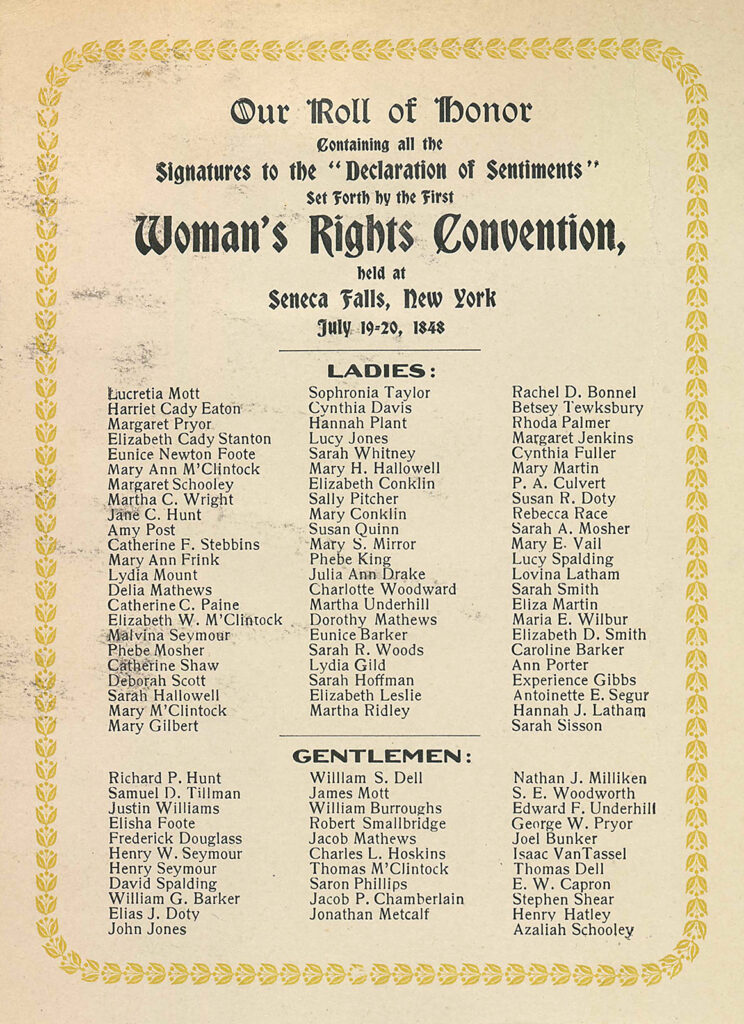
Foote felt empowered to do science in a way many women did not at the time. She was a women’s rights activist who attended the historic 1848 Seneca Falls Convention, which helped inspire the suffrage movement. She coedited the convention’s proceedings, and she and Elisha signed its powerful manifesto: “We hold these truths to be self-evident: that all men and women are created equal.”
For science the most consequential product of Foote’s resolve was an elegantly simple home experiment, the first effort to determine the “thermal action of the rays of light that proceed from the sun,” as she wrote in 1856. She filled a pair of glass cylinders with ordinary air and then measured the temperature of the gas with one cylinder placed in sunlight and the other in shade as a control. She then did the same for several of air’s components—water vapor, hydrogen, oxygen, and CO2. The results were unequivocal: CO2 was the most effective at absorbing solar heat. From this finding, Foote predicted that increased atmospheric CO2 would make Earth hotter, a fact now accepted as the main cause of climate change.
Foote’s conclusions were presented at the 1856 meeting of the American Association for the Advancement of Science (AAAS), but not by her. Though Elisha Foote read his own research paper, Joseph Henry delivered hers, likely because she held only amateur status in an AAAS that favored full-time, male scientists. Her research did not appear in the AAAS Proceedings for the meeting. Except for publication in a few less-influential outlets, it was almost as if Foote’s findings had never existed.
Three years later Irish physicist John Tyndall reported the first lab measurements of infrared absorption by CO2. This phenomenon is the heart of the greenhouse effect, where sunlight warms Earth’s surface, causing heat to rise as infrared waves that are then trapped by atmospheric CO2. Tyndall, however, did not cite Foote’s work and was wrongly credited with discovering the role of CO2. The error stood until 2011 when, in a surprise twist worthy of Hollywood, retired petroleum geologist Raymond Sorenson announced he had come across Foote’s work in an old review of scientific research. This rediscovery finally established her priority in uncovering the significance of atmospheric CO2.
In 1896 preliminary work by the Nobel laureate Svante Arrhenius hinted that the burning of fossil fuels might increase CO2 enough to raise global temperatures. But it was Guy Callendar who showed in convincing quantitative detail that this was already happening.
Born in 1898, Callendar received an exceptional scientific education from his father, Hugh Callendar, a highly regarded experimental physicist with varied interests. In his biography historian James Fleming relates that Guy Callendar was raised amid many books and intriguing gadgets, especially automobiles and motorcycles (a father-son passion). At age 17 Callendar began working in his father’s lab at Imperial College London. He earned a certificate in science there and continued working with his father until the latter died in 1930. Callendar became a successful steam engineer and studied climate behavior as a sideline that later became much more.
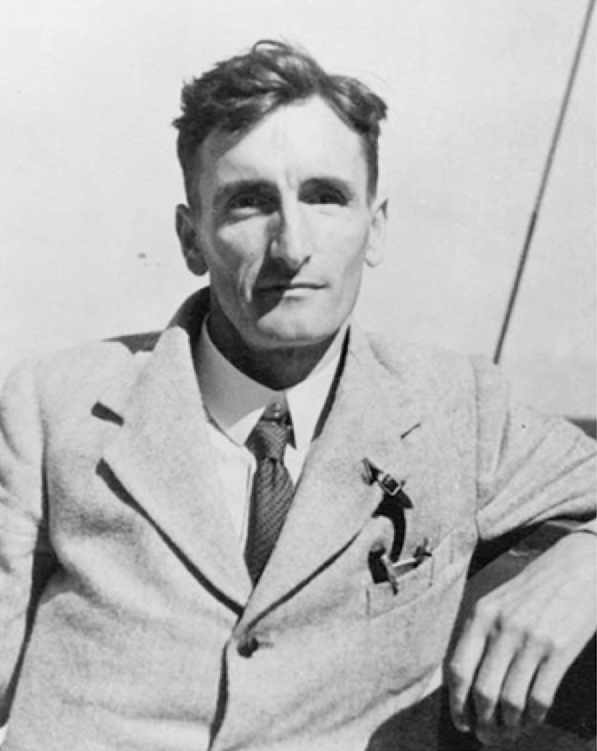
Callendar analyzed old temperature and atmospheric CO2 records from around the world and researched other global factors, such as coal usage and the natural processes that transfer and store CO2. This wide-ranging effort drew on his background in such areas as meteorology, thermal physics, and infrared spectroscopy, the latter of which he used to study the heat absorption of molecules in the atmosphere. (The breadth of Callendar’s interests is an early example of the interdisciplinary nature of climate science, which must grasp the diverse science behind different climate processes, such as humanity’s production of CO2 versus its absorption by the oceans.)
Callendar published his results in 1938. His calculations, made without benefit of computers, showed that global temperatures had been rising for 50 years and that the rise corresponded to an increase in atmospheric CO2. That increase was a result, in turn, of humanity’s combustion of fuel which, Callendar estimated, had put 150 billion tons of CO2 into the atmosphere. This was the first strong evidence for what is essentially the modern theory of climate change: global warming is caused by an increase in atmospheric CO2 as the result of human activities.
Callendar’s ideas were skeptically received and had little influence at the time of publication. Some observers could not imagine human activities affecting an entire planet, an attitude that persists in certain quarters. Specialists also objected to Callendar’s perceived lack of expertise when he entered their particular disciplines to make his sweeping case. One distinguished member of the Royal Meteorological Society took Callendar to task as a non-meteorologist who did not understand atmospheric processes and declared that the link between CO2 and temperature “must be taken as rather a coincidence.” Callendar’s odd position—a working engineer doing science alone at home rather than an academic researcher at a prestigious university or institute—also inspired little confidence.
Undeterred, Callendar responded to his critics with six more papers published in 1938 and 1939, but most scientists continued to dismiss the work. Though Callendar is described as an unassuming person, the bitterness of this rejection apparently lingered. In 1960 he wrote that some people did not accept the connection between rising global temperatures and human-produced CO2 emissions “because they did not think of it themselves.” Today he is vindicated. While his research has errors and gaps, reviews in 2013 and 2016 show that its main results hold up well. The 1938 paper is now considered a classic.
We can learn from the ways these early climate researchers were marginalized. Foote encountered systemic sexism and was dismissed as an amateur. The penalty was severe—erasure from history. Callendar, instead, met difficulties that were the result of his novel ideas and unusual credentials; but unlike Foote, his work was still published and debated by his peers. Initial rejection may be inevitable when a relatively unknown scientist brings new or divergent views, yet perhaps capable outsiders are the best sources of the different perspectives science needs.
The experiences of these outsiders underline what society loses when talented people are rejected because of inflexible standards or sheer discrimination. Foote’s case represents a lost early opportunity to develop a strong, U.S.-based science of climate alongside European efforts. Had things gone differently, perhaps the United States today would be more deeply committed to dealing with climate change than it has been.
Both lives also show that early intervention can mold a creative scientist. Callendar’s varied work with his father gave him the scientific breadth necessary for studying the intricacies of climate. Foote benefitted from her own early scientific education and, with her husband, Elisha, passed on her interest in science. Their daughter Augusta Foote Arnold wrote The Sea-Beach at Ebb-Tide (1901), a study of coastal flora and fauna. The book, still in print, influenced Rachel Carson, author of the 1962 environmental classic Silent Spring, and other ecologists and naturalists. In this way, Foote’s simple but important experiment, a first step in understanding climate change, comes full circle to remind us that this change threatens the natural world and ourselves within it.

